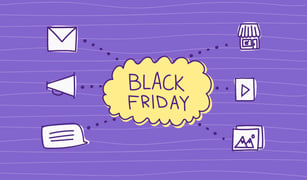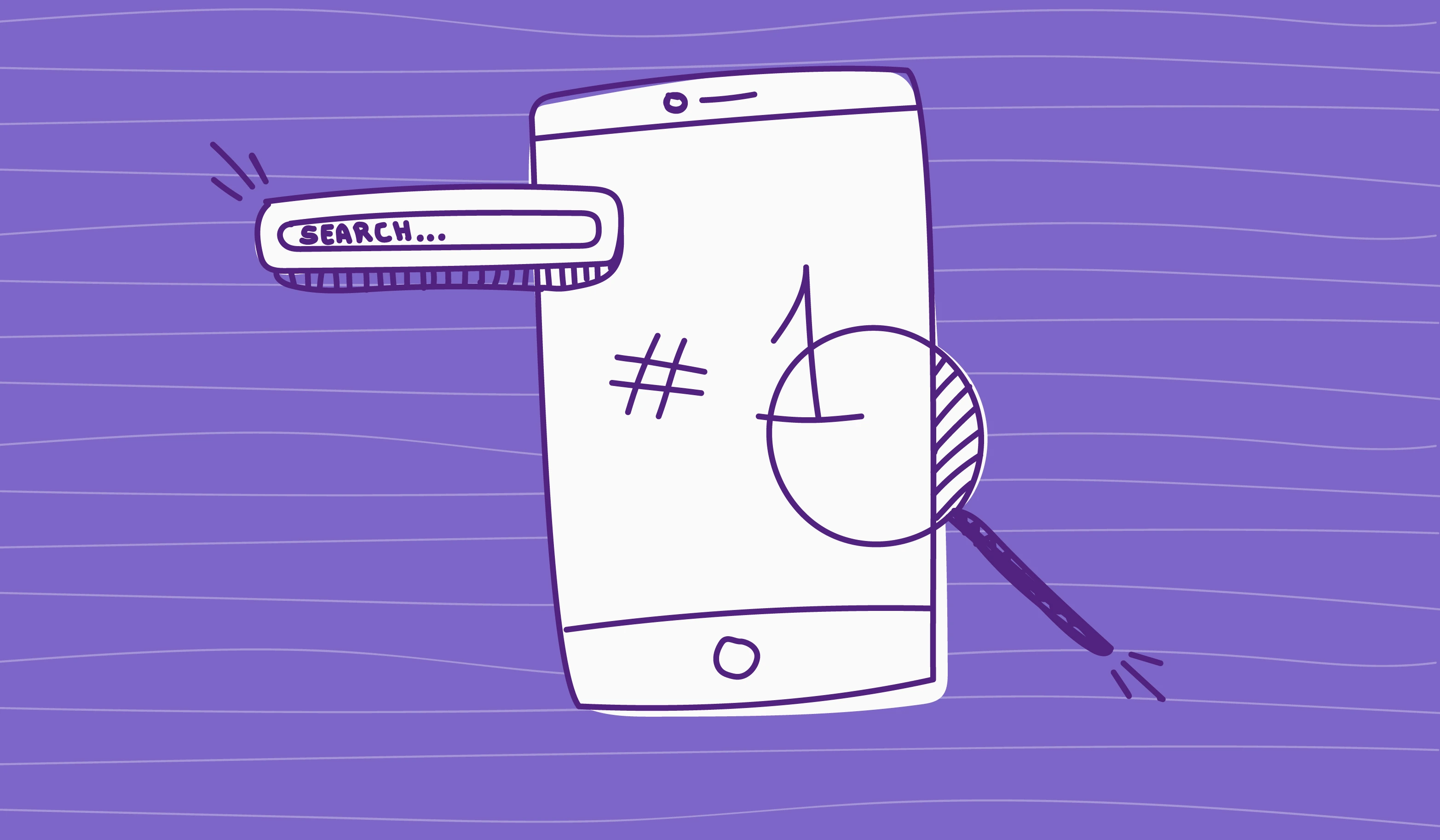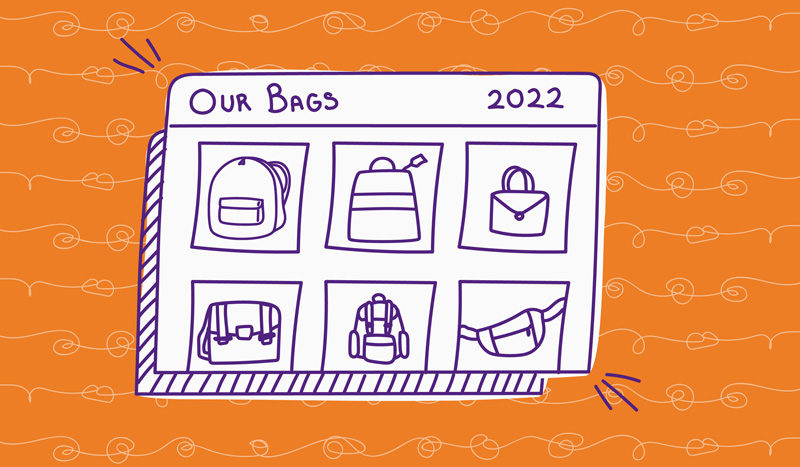Big ecommerce sales events create many opportunities for you to reach and convert customers with palms that are already itching to spend. Whether it’s regional, international, or seasonal events—customers are hoping to get their hands on wish-list items at discounted prices.
But just because they’re ready to shop doesn’t mean that they will spend their money on you. It’s not that simple! In these modern times, customer expectations are high, not even a peak shopping event will shake them away from keeping an eye out for factors that benefit them.
On top of that, many other businesses like yours are fighting to get a cut from the same pie.
So, going the extra mile and thoroughly preparing to woo these customers over to your side instead of your competitors is the best approach. Where do you start? Let’s get into it.
Understand the trends around big sales events
One study found that 67% of customers admitted to shopping differently now when compared to pre COVID times. And another states the shift in customer loyalty. An eMarketer research found that more than 80% of customers bought from a different brand than their usual mid-2021. The reasons for this vary but include lower prices and stock.
Research found that Click Frenzy broke records in 2020. More research found that over 100 million customers shopped online in 2020, which shot up the number of online shoppers during Black Friday to 8% in comparison to 2019. This is in the United States alone.
In addition to that, Adobe found that out-of-stock remained the biggest pain point during 2021’s Cyber Monday. They were up by 258% when compared to pre COVID 2019, for the same sale event. That means customers were forced to shop with other brands that have products in stock instead of their usual brands. The same study also found that nearly 43% of Black Friday sales happened through mobile phones, making a strong case for mobile and social commerce. These trends influence the results of the shopping behavior you can expect.
Find out how to prepare below.
1. Make sure your web shop can handle the expected traffic load
All of your big sale marketing and advertising efforts will go to waste if your ecommerce website is not prepared to handle the online traffic load. If these efforts are any good, you can expect higher traffic than usual. That means your servers need to be equipped to survive the load without crashing. If you get an influx of traffic and your website crashes, you’re going to miss out on sales because customers won’t stick around until you get your business in order.
2. Ensure that your website is mobile-friendly
As mentioned before, customers use their mobile devices—smartphones and tablets, in addition to desktop and laptop computers, to shop during big sale events too. That means you have to ramp up your web shop’s responsiveness for these devices, otherwise you lose a large number of customers who prefer to shop on-the-go. For instance, if you use the Shopify platform, you can add mobile responsive themes and mobile-friendly checkout options.
It’s crucial to meet customers wherever they are, that’s why multichannel commerce is the key to success in ecommerce. With the growth of mobile commerce, and social commerce, you can no longer afford to ignore a whole group of customers that use these sales channels.
3. Ensure a friction-free and secure checkout process
Speaking of checkout, customers deserve a seamless checkout experience.
It’s important to remember that customers are typically at work during some of the big sale events, which means they use their free time to shop. They shouldn’t use up all of their time before work or lunch trying to checkout because your checkout process is riddled with ridiculous steps. Make it simple and fast. On top of that, make it secure! Hackers thrive on deceiving online shoppers, especially during the busiest of times, so customers have become wary about adding their banking information online. In 2018, research found that more than 6,000 malicious apps were masked as Black Friday and Cyber Monday special offers by leading retail brands. Prioritize the security of your payment process and your website entirely.
4. Have a consistent shipping and delivery system in place
Online shoppers are accustomed to speedy delivery systems. They’re used to getting products on the same-day, the following day, or in 2 to 3 days time maximum. If you are only able to deliver products that were bought during the big sale season in 14 days, you may have a problem in your hands. Of course, there are some exceptions, depending on product categories. Customers tend to be more understanding with products like furniture, but you won’t get the same understanding for clothing items, jewelry, or food-related products.
Whatever time-frame you promised, ensure that you do in fact, deliver during that time-frame to ensure customer satisfaction. Put simply, have a tight grip on your fulfillment process, and foster a great relationship with your fulfillment partners so things can run without hiccups.
5. Manage your inventory accordingly
Inventory management is ten times more important when it's sales o’clock! You do not want to disappoint your customers with unavailable inventory because you didn’t have a proper handle on it. Use your inventory management system or enterprise resource planning (ERP) software to the best of its ability, and ensure that you have enough stock to cover the whole sales event.
6. Ensure that you have high-quality product information
Well… you can sweat heavily trying to perfect the above factors, but the one that will be a make or break factor for customers is the quality of your product information. If you have poor product data, you won’t drive much sales, big events or not. That’s because customers care greatly about information quality as much as they care about the quality of the product.
The product data in your Shopify store, product page on your marketplace or social media and other sales channels need to be accurate, up-to-date, and explain to customers what the product is. It needs to help customers understand the benefits of buying your product and the value they will get out of it if they do make the purchase, even if they will be buying at marked down prices. Additionally, the visual assets that accompany your product titles, descriptions, etc,. need to be of high quality as 75% of customers are influenced by product photography.
Get a PIM system just in time for the holiday season
Look, we get it, retail channel management is not easy, especially when you’re trying to prepare for big sale days and are expecting high volumes of traffic. But the process doesn’t have to drag you down like a heatwave. You can reduce the panic and plan properly with product information management software (PIM). What’s more is a next-generation PIM like Plytix enables a connection with an ERP system so you can store, manage, view, and tweak data in a single location. That means your inventory management is merged with customer-facing product data so you can do what you need to do as you prepare for sales and revenue bumps.
The added bonus of having a PIM tool is that product listing optimization for all of your sales channels becomes easier. To learn more about PIM tools, download this free white paper!




